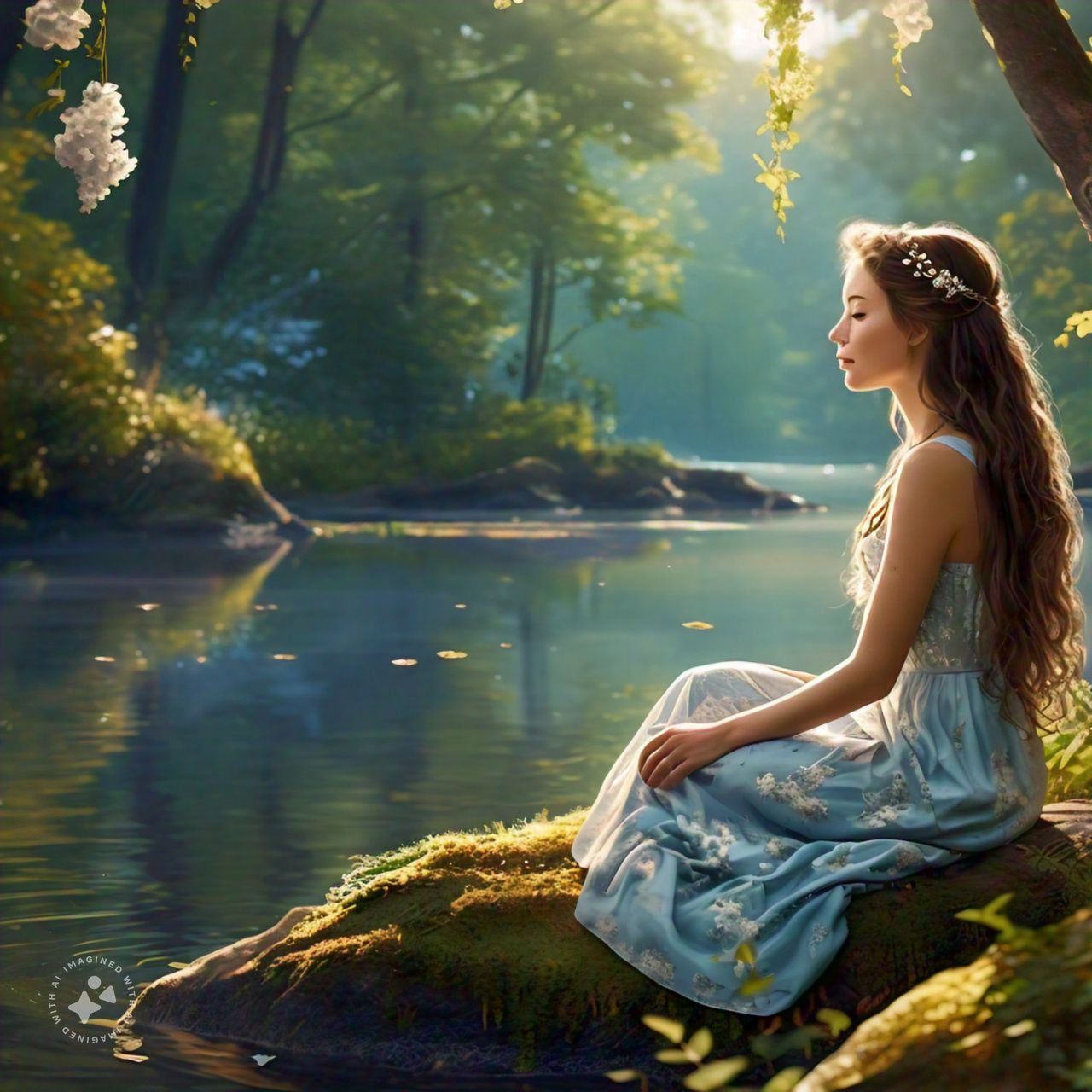Secrets of Masterful Painting: A Comprehensive Guide
Painting, an age-old form of artistic expression, has captivated audiences for centuries with its beauty, depth, and emotion. From the intricate brushstrokes of the Renaissance masters to the bold experimentation of modern artists, the journey of creating a masterpiece is both exhilarating and challenging. In this comprehensive guide, we delve into the techniques, principles, and mindset required to embark on the path of mastering the art of painting.
Understanding the Fundamentals
Before diving into the creative process, it's essential to grasp the fundamental principles of painting. Familiarize yourself with concepts such as color theory, composition, perspective, and light and shadow. These foundational elements provide the framework upon which your artistic vision will unfold and serve as the building blocks of your creative journey.
Choosing Your Medium
Painting offers a diverse array of mediums to explore, each with its unique characteristics and possibilities. Whether you prefer the tactile nature of oil paint, the versatility of acrylics, or the subtlety of watercolors, select a medium that resonates with your artistic sensibilities. Experiment with different materials and techniques to discover which medium best suits your style and creative objectives.
Finding Inspiration
Great art is often born from inspiration, drawing upon the beauty and complexity of the world around us. Seek inspiration from nature, literature, music, and other forms of art to fuel your creative imagination. Visit galleries, museums, and exhibitions to study the works of master painters and gain insights into their techniques and artistic vision. Embrace experimentation and allow yourself to explore new ideas and concepts in your work.
Mastering Technique
Mastering the technical aspects of painting requires dedication, practice, and a willingness to push your boundaries. Experiment with various brushstrokes, blending techniques, and color mixing to develop your own unique style. Study the works of master painters to learn from their techniques and approaches, and don't be afraid to make mistakes along the way. Embrace the process of learning and growth, and celebrate the journey of improvement as you hone your skills.
Expressing Emotion and Narrative
Beyond technical proficiency, great painting transcends technique to evoke emotion and tell a story. Infuse your work with personal meaning, drawing upon your experiences, memories, and emotions to imbue your paintings with depth and authenticity. Consider the narrative elements of your composition, from the arrangement of objects to the use of symbolism and metaphor, to convey your message to the viewer.
Seeking Feedback and Growth
As you progress on your artistic journey, seek feedback and guidance from fellow artists, mentors, and critics. Embrace constructive criticism as an opportunity for growth and refinement, and remain open to new ideas and perspectives. Join artist communities, workshops, and classes to connect with like-minded individuals and gain inspiration from their insights and experiences.
Conclusion: The Artistic Journey Unfolds
Mastering the art of painting is a lifelong pursuit filled with challenges, discoveries, and moments of creative revelation people can upload image. Embrace the joy of experimentation, the satisfaction of improvement, and the beauty of self-expression as you navigate the ever-evolving landscape of artistic creation. With dedication, passion, and perseverance, you have the power to unlock the secrets of masterful painting and leave your indelible mark on the world of art.









Comments (0)